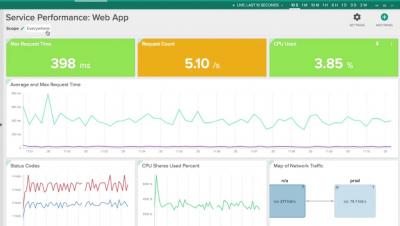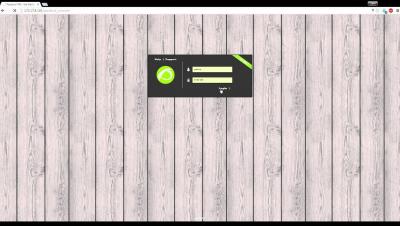Operations | Monitoring | ITSM | DevOps | Cloud
Containers
The latest News and Information on Containers, Kubernetes, Docker and related technologies.
Comparing Docker Security tools
Container Monitoring Overview with Sysdig Monitor
How to Use Sysdig Event Correlation: with Alerts in Docker Container Environments
Bleemeo Joins the Docker Certification Program
We are happy to announce today that Bleemeo's smart agent has been accepted into the Docker Certification Program, a framework for partners to integrate and certify their technology to the Docker Enterprise Edition (EE) commercial platform. Starting today, Bleemeo's smart agent is now listed on the Docker Store as a "Docker Certified Container".
Using Træfik for internal tools at Bleemeo
At Bleemeo, as many geeks, we use a couple of tools on a day to day basis. Most of those tools are small Open Source web applications and, to be trendy, we deploy those tools with Docker. In the past, we used to create a virtual machine per service, deploy the tool and configure web server on each machine. Moreover if you are using https, you need to deploy certificates and private keys on each server.









